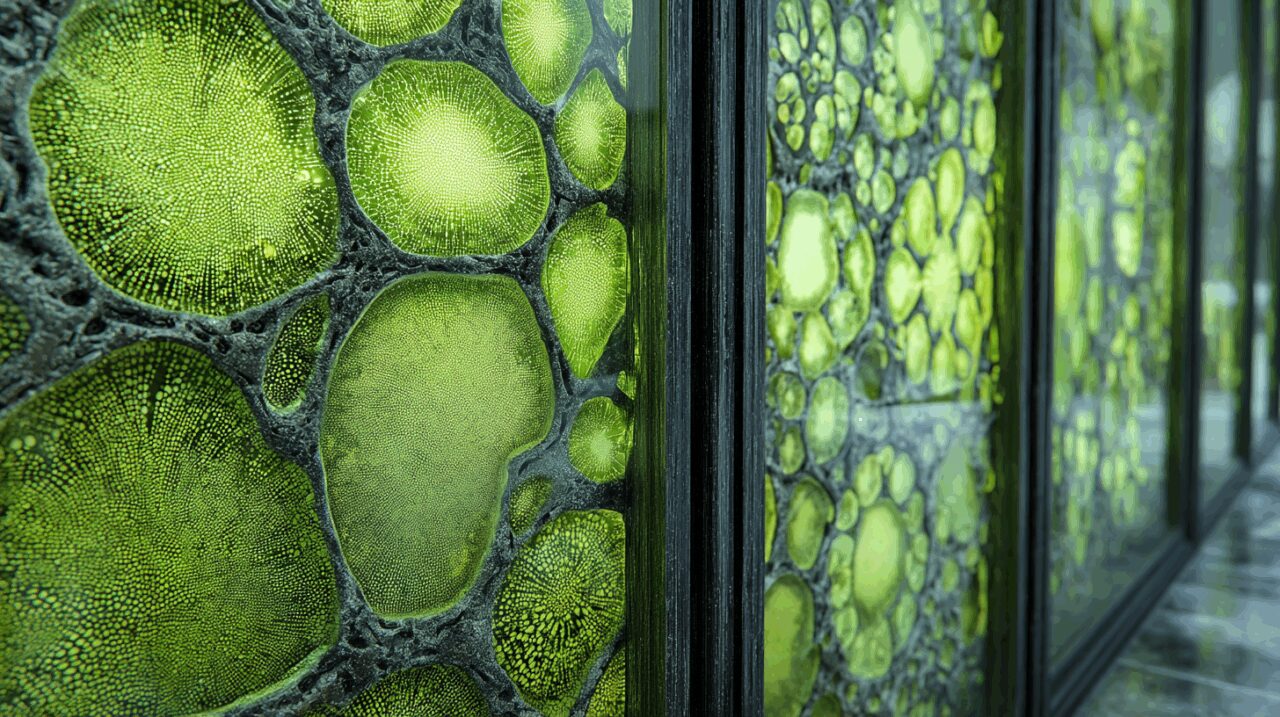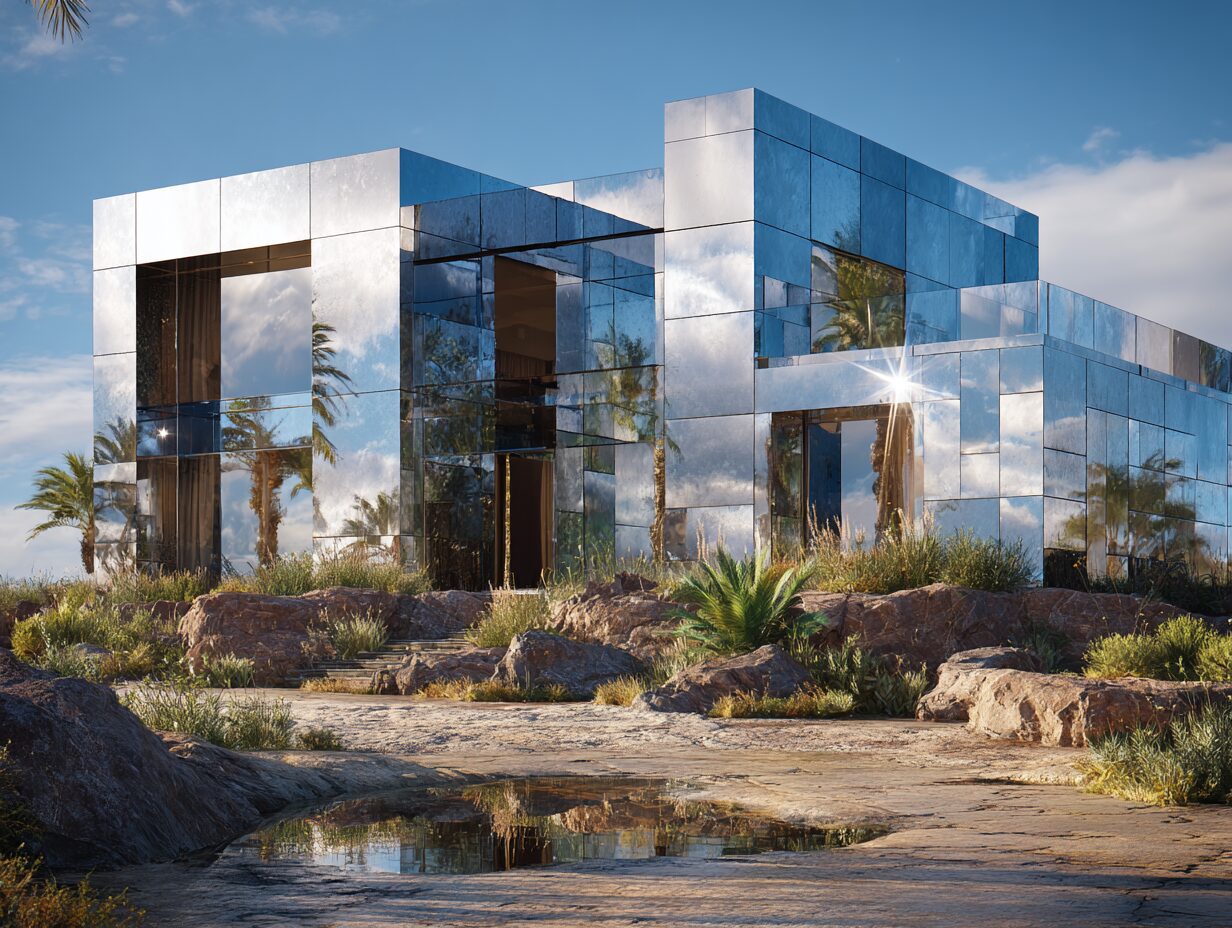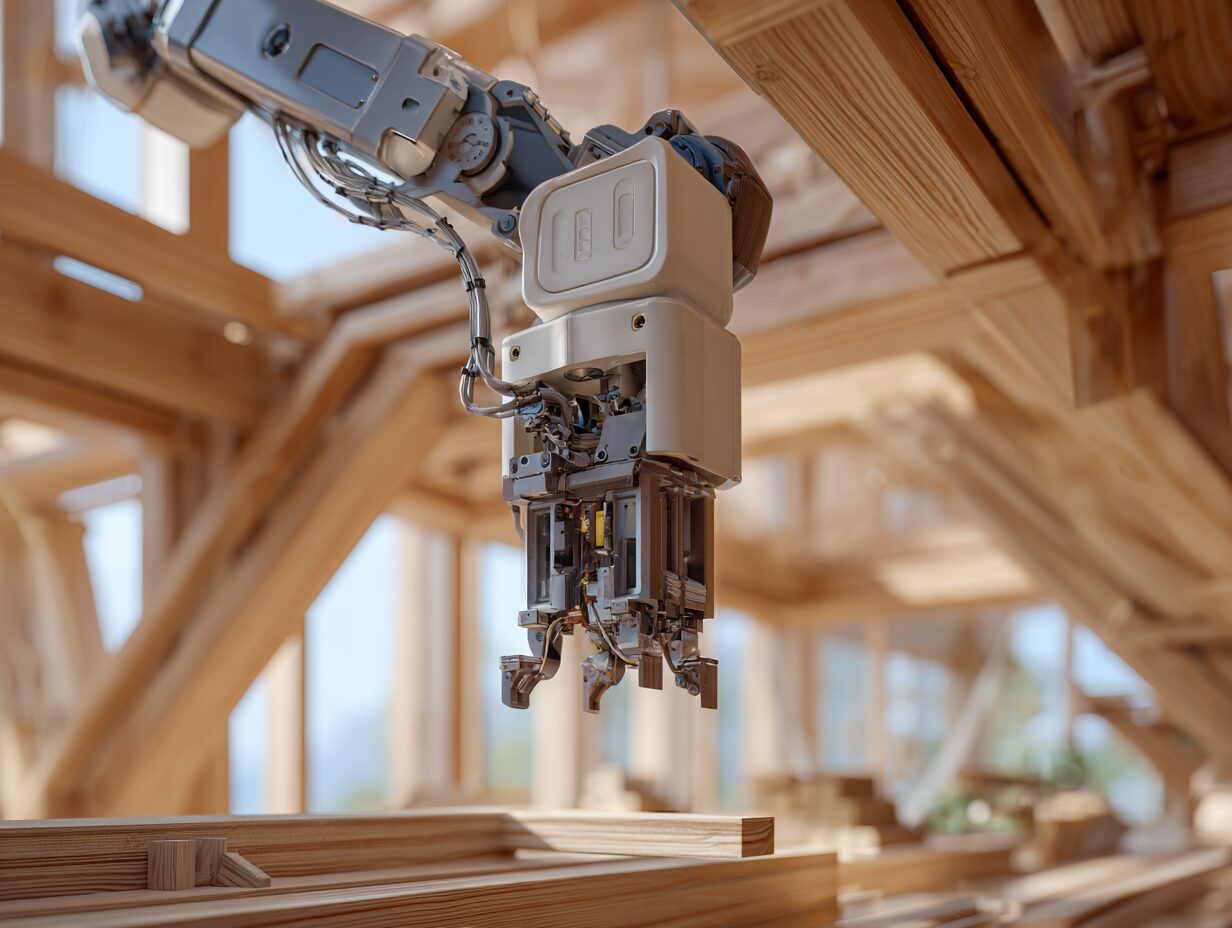Introduction: The Convergence of Craft, Technology, and Ecology
Luxury architecture is evolving in remarkable ways. The homes we design today must do more than inspire visually; they must perform intelligently, respond to their environment, and stand the test of time. Across the world, architects are blending traditional craftsmanship with advanced technology to create spaces that feel both human and forward-looking.
At RG/Architecture, we see this convergence as an opportunity to design with greater precision and purpose. Tools like digital modeling, passive energy analysis, and smart building systems allow us to refine every detail before it is built. Yet our commitment to design begins, as always, with craft and context: how a structure sits on its land, how light moves through its spaces, and how materials age and breathe over decades.
The future of luxury home construction is not defined by gadgets or trends. It is guided by a deep respect for craft, for landscape, and for the quiet intelligence of design that endures. Technology is the new artisan’s tool, used not to replace the human hand, but to extend its reach with care and intention.

1. Bio-Engineered and Living Materials
In the next generation of luxury construction, materials will do more than enclose space; they will interact with it. Bio-engineered materials are reshaping how buildings live and breathe. From mycelium insulation that grows itself to algae-infused glass that filters sunlight and absorbs carbon, these systems introduce a biological intelligence to architecture.
We are beginning to see façades that self-regulate temperature, surfaces that clean the air, and composites that heal small cracks before they spread. These advances move beyond sustainability into regeneration, allowing homes to contribute positively to their environment. For our studio, the promise of these materials lies not only in their performance but in their beauty—the subtle textures, tones, and irregularities that connect a home to the natural world.
Designing with living materials asks for collaboration between science and craft. It invites architects, engineers, and artisans to work together in new ways, shaping buildings that grow, respond, and even adapt over time. It is architecture at its most elemental: alive, intelligent, and deeply connected to place.

2. Modular and Prefabricated Luxury Architecture
The perception of prefabrication is changing. What once suggested efficiency at the expense of individuality now represents precision, control, and craft at a higher level. For luxury architecture, modular systems allow design excellence to meet construction accuracy in ways that traditional building methods cannot always match.
We approach prefabrication not as mass production, but as a form of precision assembly. Each element is modeled digitally, detailed for fabrication, and finished by skilled craftspeople. The result is a home that can be built faster and perform better, without compromising design intent. High-quality components, whether timber, steel, or composite, arrive on site ready to fit seamlessly into the larger vision.
This approach also opens the door to sustainability. Less material waste, controlled environments, and shorter construction timelines mean fewer disruptions to the landscape and community. When executed thoughtfully, modular construction is not a shortcut, but a refinement of process, a way to deliver architectural integrity with greater certainty and care.
Prefabricated luxury represents a mindset more than a method. It embodies the same values that guide all great architecture: craftsmanship, intention, and a respect for the land on which it stands.

3. Adaptive Building Envelopes
Architecture is beginning to move, breathe, and respond. Adaptive building envelopes are transforming how homes interact with light, heat, and airflow, creating spaces that change throughout the day and across the seasons. These systems bring a new dimension to luxury living, one that is both functional and poetic.
An adaptive envelope can include dynamic shading panels, operable louvers, and smart glazing that reacts to sunlight and temperature. These features reduce energy loads while maintaining comfort and connection to the outdoors. In climates where conditions shift rapidly, such responsiveness becomes a form of intelligence built directly into the structure.
Our studio designs building skins that are both expressive and efficient. We think about how a façade might open to morning light and close to afternoon heat, or how a wall might filter breezes while maintaining privacy. Each movement or modulation has purpose, aligning performance with experience.
The result is architecture that feels alive, a seamless relationship between environment and enclosure. Adaptive envelopes redefine luxury as comfort born from awareness, not excess.

4. Circular Construction and Regenerative Systems
Circular construction asks us to think beyond the life of a single building. It challenges architects to design homes that give back, that can be disassembled, reused, and reborn. This approach marks a shift from sustainability toward regeneration, where architecture becomes part of a continuous material ecosystem.
In our work, circular design begins with intention. Materials are selected for their ability to be reclaimed or recycled, assemblies are designed for disassembly, and systems are configured for efficiency. We integrate water reclamation, composting landscapes, and energy loops that close the gap between consumption and renewal.
Regenerative systems move this concept further, ensuring a home enhances its surroundings rather than depleting them. A regenerative estate might capture more water than it consumes or produce more energy than it uses. It might even restore soil health through integrated planting and stormwater strategies.
At RG/Architecture, we see circularity as a modern form of craftsmanship. It is about designing homes that age gracefully, that can evolve and renew themselves, and that contribute to the greater ecological whole. The future of luxury lies not only in how a home looks, but in how responsibly it lives.

5. AI and Robotics in Design-Build
Artificial intelligence and robotics are changing the way architecture is imagined and built. These tools allow for greater precision, faster iteration, and deeper performance insight, giving architects more time to focus on creative intent. In luxury construction, they offer an opportunity to merge handcraft and high technology into one seamless process.
AI-assisted modeling helps us analyze everything from solar exposure to circulation efficiency in real time. It allows our studio to test dozens of design options quickly, refining form, massing, and performance metrics simultaneously. Robotics bring that same precision to construction, shaping timber joints or cutting stone with millimeter accuracy.
AI and robotics are not replacements for the designer or craftsperson, but partners who specialize in precision. They make it possible to build with less waste and more control, while still honoring the human sensibility that gives architecture its warmth. The result is a process that is both rigorous and creative, where innovation enhances craft rather than eclipsing it.
In the years ahead, these technologies will continue to expand what is possible, offering a future where every custom estate is modeled, tested, and fabricated with near-perfect accuracy. Yet what will always matter most is intent. Technology is powerful, but it is purpose that makes architecture timeless.

6. Off-Grid and Micro-Infrastructure
Luxury no longer depends on connection to the grid. The most advanced homes today operate as independent ecosystems, capable of generating and storing their own energy, collecting and purifying water, and managing waste responsibly. This independence is not isolation, but resilience, an expression of thoughtful self-sufficiency.
An off-grid estate often integrates solar panels with battery systems, geothermal loops for heating and cooling, and water capture technologies that replenish groundwater reserves. These systems work quietly in the background, ensuring comfort while reducing dependence on external utilities.
For our studio, off-grid design begins with site intelligence. We study microclimates, sun paths, and water flows to understand how the land itself can supply what the home needs. By integrating infrastructure within the architecture, such as hidden solar fields, sculptural cisterns, or green roofs that filter water, we ensure technology serves the landscape, not the other way around.
The goal is freedom through design. A home that can sustain itself offers its owners security, privacy, and a sense of connection to the natural world. In this way, off-grid architecture represents the purest form of luxury: comfort grounded in independence and harmony with place.

7. Low-Carbon Natural Materials
The movement toward low-carbon materials is reshaping how we think about permanence and beauty. True sustainability begins with what we build from. Stone, timber, earth, and lime plaster, when sourced responsibly, carry both a low carbon footprint and a timeless aesthetic quality that artificial materials rarely match.
At RG/Architecture, we focus on materials that tell a story of place. Rammed earth walls that hold the color of the surrounding soil, reclaimed oak beams with visible history, and natural lime finishes that regulate humidity and age gracefully. These materials are not only ecological choices but emotional ones. They connect homeowners to the environment and bring a sense of calm and grounding to contemporary spaces.
Low-carbon design is about restraint and respect. It values what lasts, what breathes, and what can return to the earth when its life is done. Every choice, from sourcing to detailing, contributes to a home’s embodied energy and environmental footprint. By reducing that impact, we create architecture that endures in both form and ethics.
Natural materials have a quiet power. They invite touch, absorb light, and carry the memory of the landscapes they come from. In their simplicity lies a kind of luxury that technology cannot replicate, one rooted in authenticity, longevity, and respect for the natural world.

8. Embedded Intelligence and Digital Twins
Embedded intelligence is transforming architecture into a responsive art form. Through sensors, automation, and real-time data feedback, homes can now monitor their performance, learn from their environment, and anticipate the needs of their occupants. The result is a new level of awareness, where architecture becomes a living interface between people and place.
Digital twins take this concept further. These are virtual models that mirror a home’s physical systems, tracking energy use, temperature, lighting, and even material aging. They allow homeowners and architects to see how a building behaves over time, making it possible to fine-tune comfort and efficiency with remarkable precision.
For RG/Architecture, this technology deepens our role as designers and stewards. It gives us insight into how our homes live, how materials perform, and how design decisions evolve through use. More importantly, it allows our clients to engage with their homes in new, meaningful ways, seeing data not as abstraction but as part of daily life.
The future of luxury is responsive. It is architecture that listens, learns, and refines itself over time. Embedded intelligence ensures that every system, from lighting to climate control, aligns seamlessly with how a home is lived in. The outcome is comfort defined not by abundance, but by understanding.
Crafting Tomorrow’s Sustainable Estate
The next decade of architecture will be defined by integration. The boundaries between craft, technology, and ecology are dissolving, giving rise to homes that are intelligent, resilient, and profoundly human. Each of these frontiers—whether material, digital, or environmental—reveals the same truth: luxury and responsibility are no longer separate ideas.
The most enduring estates will be those that grow from their landscapes, perform with intention, and evolve gracefully with time. They will be shaped by data and craftsmanship in equal measure, designed to care for both their inhabitants and their surroundings.
The future of building is not about spectacle. It is about substance, precision, and connection. To design for that future is to shape a legacy of sustainability, one home at a time.
